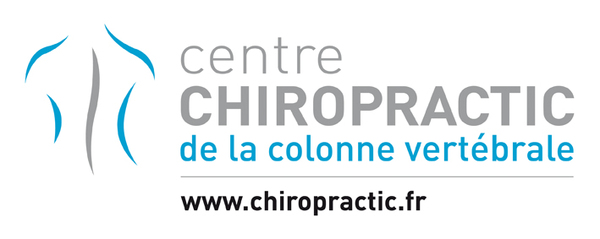Scoliosis, the diagnosis is made. Observation or intervention?
"Wait and see" has been the medical world's general approach to the management of adolescent scoliosis, for many years and still today. Especially when scoliosis is detected in a young child with a Cobb angle (degree of scoliosis) of less than 10 degrees. Scoliosis too small to implement heavy conservative or invasive protocols.
A doctor or surgeon will monitor the progression of the curve every year, to wait and see if the curve becomes too large or severe enough to take action...
However, it's true that observation takes on its full meaning when the only options are invasive and radical, such as surgery.
On the other hand, new, less invasive treatment methods are now available:
-night corsets,
-dynamic corsets,
-rigid 3D correction corsets,
-specific correction exercises (SEAS, Schroth, Scolibalance).
The decision between observation and intervention lies in the simple fact of being able to predict progression and, above all, to offer patients effective treatment.
In short: to be able to provide documented, reproducible and therefore reliable solutions for our patients.
Predicting the evolution of scoliosis remains complicated and multifactorial.
Age, amplitude or severity of the curve, location of scoliosis (dorsal, dorsolumbar, lumbar), skeletal maturity and family history are all factors to consider.
To date, there are two genetic tests that could in future point us in the direction of one or other of these two approaches.
For the time being, research has enabled us to examine the progression of curves with age in a fairly reliable way.
Clearly, the larger the curve and the younger the child, the higher the risk of progression. Conversely, in an older, more mature child, the risk of progression is lower.
More precisely, a 20-degree curve in a child aged 10 or under would have a risk of progression close to 100%. Up to the age of 12, a 20-degree curve would have a risk of progression of around 61%. From the age of 15, the risk of progression on a 20-degree curve falls to 16%.
It would seem logical, then, to assume rapid and immediate care of a child under 10 with a curve of at least 20 degrees, and not just observe...
A family history of scoliosis would also justify earlier treatment.
Some studies also suggest a dynamic corset from 15 degrees of curvature.
In practical terms, if you notice that your child's shoulders are asymmetrical, the chest is swayed, the pelvis is out of alignment, or one shoulder blade is more protruding or higher than the other, don't hesitate to ask us for help in verifying the situation more precisely.
Don't hesitate to have your children screened as early as possible, so you can be proactive in their care.
I invite you to share this article on your networks.
If you have any questions, please do not hesitate to contact us.
TL

